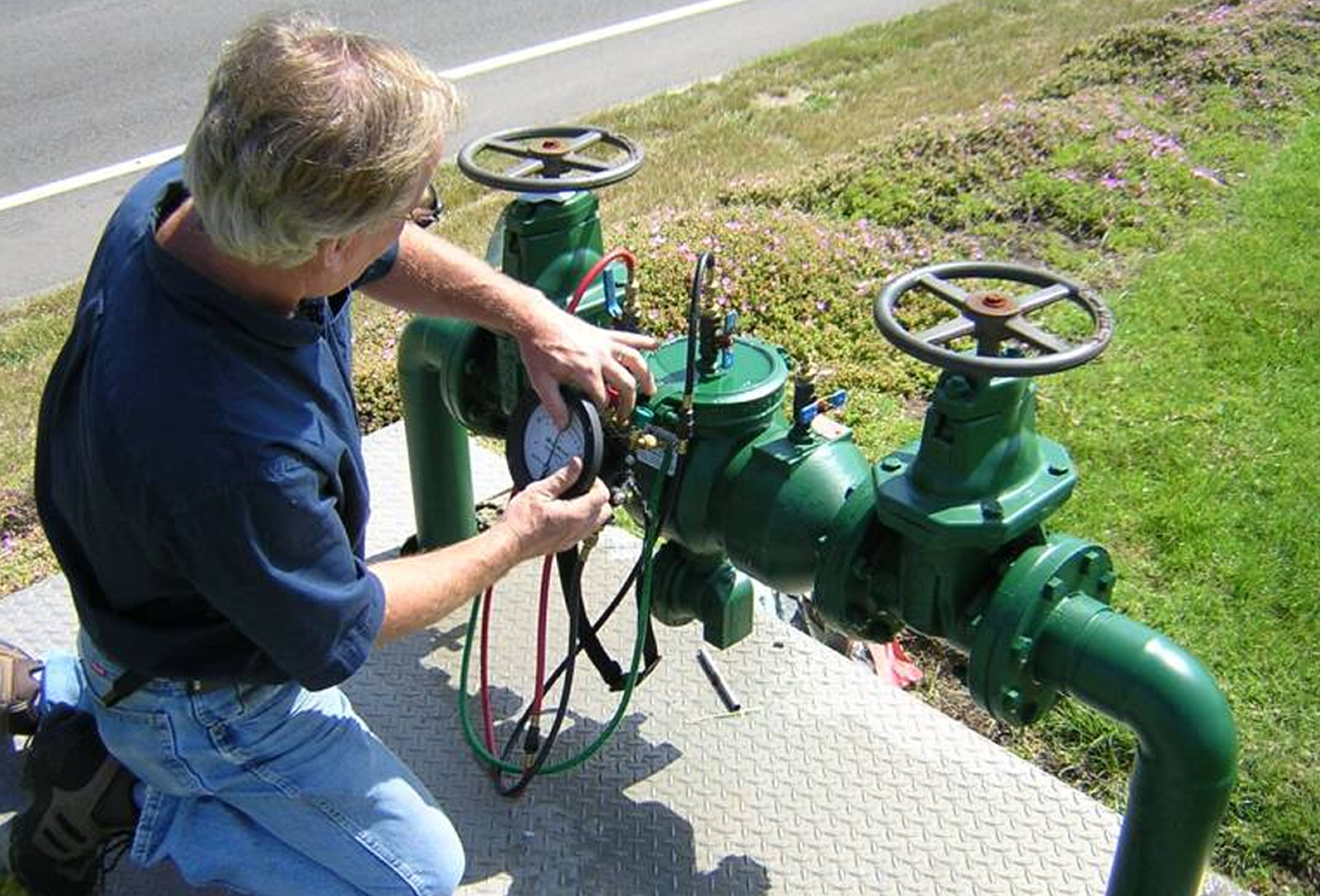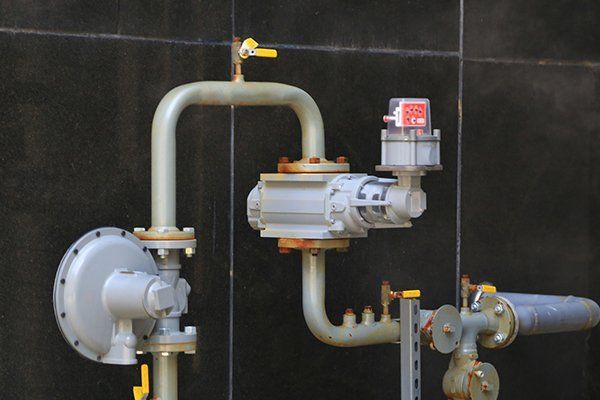Just about every person has their own individual way of thinking when it comes to What is Backflow Testing?.

Yes, you require to backflow test your home's water to ensure that the water is without toxic substances and unsafe levels of chemicals. Because of the tools needed as well as space for error, you must not attempt to execute heartburn testing on your own. We advise that you call a specialist plumber every couple of years to examine your water.
Backflow Can Effect Both You and Your City
Because unsafe heartburn can affect the public water supply in addition to a solitary building, lots of cities develop backflow guidelines. Luckily, modern cities have backflow devices in place that protect the water supply that comes from the majority of residences as well as industrial homes. The real threat comes from irrigation systems, which can harm the water supply with toxic fertilizers, manure, and also other chemicals.
What Triggers Backflow?
A normal reason of backflow is a loss of water stress that causes the water to siphon back into the water supply. After some time, there is a loss in water pressure as well as the hose begins to draw the water back right into the water supply. As you can picture, there are now chemicals from the paint that are getting in the water supply, possibly presenting a risk.
Backflow Screening is Called For by Law in Specific Cities
Depending upon where you live, you might actually be needed by legislation to backflow test your legislation. Iowa City keeps a record of all residential properties offered by the city's water supply. The city calls for that particular "high-hazard" facilities undertake backflow screening. In many cases, properties such as houses and apartment buildings are affected.
You Can Prevent Backflow
If you have an expert plumber install a heartburn tool, hazardous heartburn is easily preventable. The plumber will additionally evaluate for heartburn and also determine if there is an active hazard. The major purpose of a heartburn gadget is to prevent water from streaming backward into your water system. Plumbing professionals mount the device on the pipes in your house to ensure that the water just moves in the right instructions.
What is Backflow?
In other words, backflow is when water moves upwards-- the contrary direction in the plumbing system. This is likewise called "backpressure." When the water moves in this instructions, it can mix with unsafe contaminants as well as pose a danger.
Call a Plumber to Evaluate for Backflow Before It is Far too late
A plumbing business can swiftly examine your home's water to figure out if there are any hazardous chemical degrees. As well as if you do discover that your water has high levels of toxins, a plumber can easily install a heartburn avoidance gadget.
Yes, you need to backflow examination your residence's water supply to ensure that the water is cost-free of contaminants and unsafe degrees of chemicals. Numerous cities establish backflow standards since dangerous backflow can influence the public water supply in enhancement to a single building. A normal reason of heartburn is a loss of water stress that causes the water to siphon back right into the water supply. After some time, there is a loss in water pressure as well as the tube starts to draw the water back into the water supply. The major function of a heartburn device is to prevent water from streaming backward into your water supply.
Backflow Testing: What Is It, and Why Is It Necessary?
What Is Backflow?
Backflow is exactly what you might imagine this somewhat gross-sounding word to mean. It is contaminated water that has reversed flow, and as a result, enters into the clean water lines of homes and businesses. Backflow is typically caused by a significant change in water pressure. This can be due to a water main break, frozen pipes or an unexpectedly high demand on the water system. It can occur at any cross-connection between clean and dirty water in residential, commercial or industrial water lines. And the worst part – backflow can contain hazardous materials like human waste, pesticides or chemicals. Needless to say, it poses very, very serious health concerns, not to mention the potential for a heap-load of expensive stress!
Backflow Prevention and Testing
In order to safeguard against backflow in standing structures, a backflow prevention device should be installed by a trusted team of professionals. Once installed, if there should ever be an unexpected or dramatic change in water pressure, the device will prevent backflow from entering into the clean water supply system. But, again, it’s important that this device is properly installed by a professional so that they can test it and ensure that the clean water line remains contaminant free. This really is key.
While personal standards and responsibilities should maintain certain routine testing requirements, there are already municipal codes in place that require annual testing of these backflow prevention devices. This ensures that they are functioning properly and that no hazardous contaminants are spilling out into the clean water supply. If, however, testing of any device is not completed on time, you should know that a property or business’ water supply might be interrupted, and the property owner might even face fines. So, to avoid this from happening to you, we recommend scheduling a backflow test well in advance.
Fortunately, here at Tritan, we can help schedule and carry out backflow testing for your property. We provide a variety of backflow-related services, including prevention device installation and testing. Call us today and make sure that this stressful problem doesn’t happen to you and your property or business.
https://www.tritan-plumbing.com/blog/2018/february/backflow-testing-what-is-it-and-why-is-it-necess/

Hopefully you enjoyed our article on Backflow Prevention. Thank you for spending some time to read our posting. Sharing is nice. Helping others is fun. We value reading our article about Backflow Testing.
Contact Us